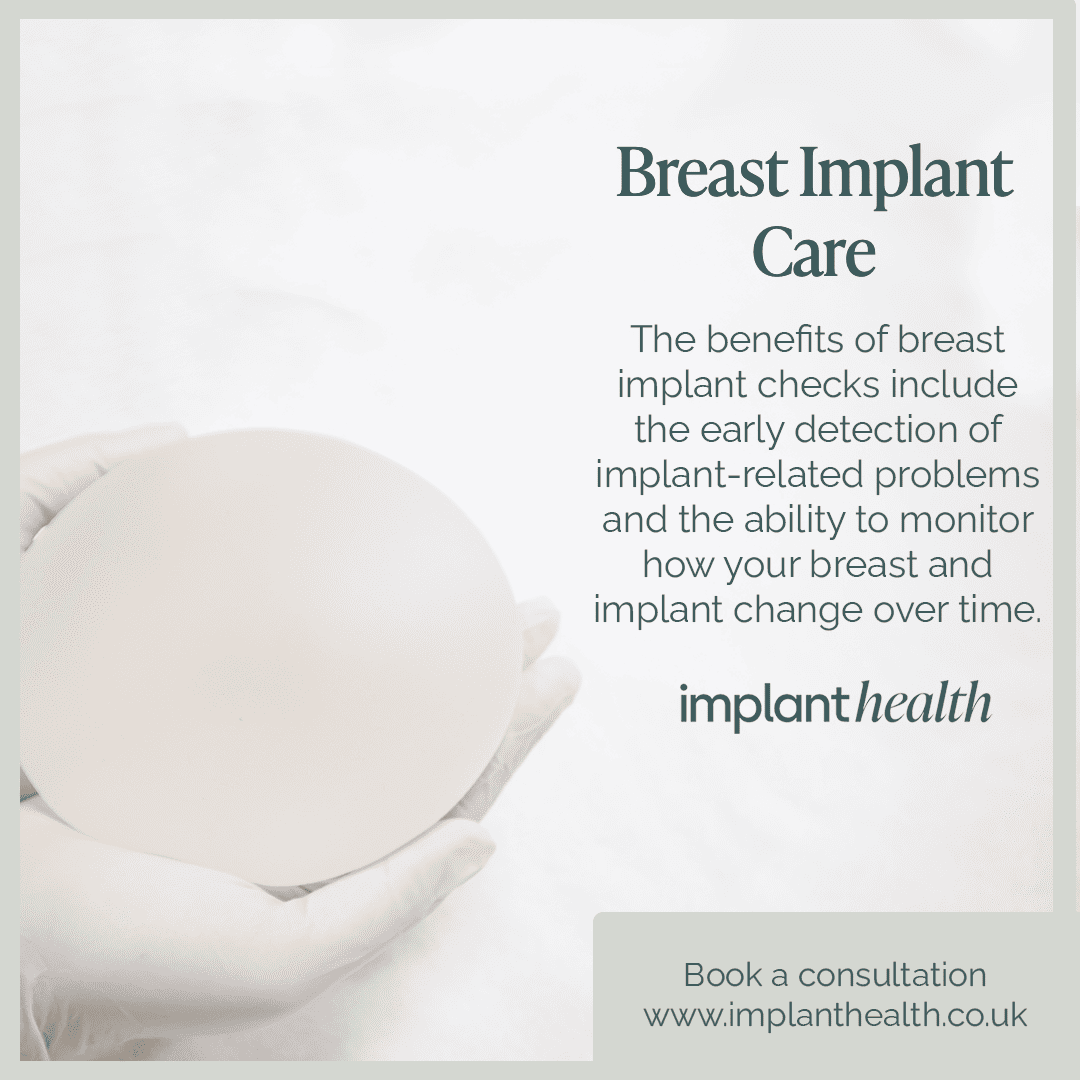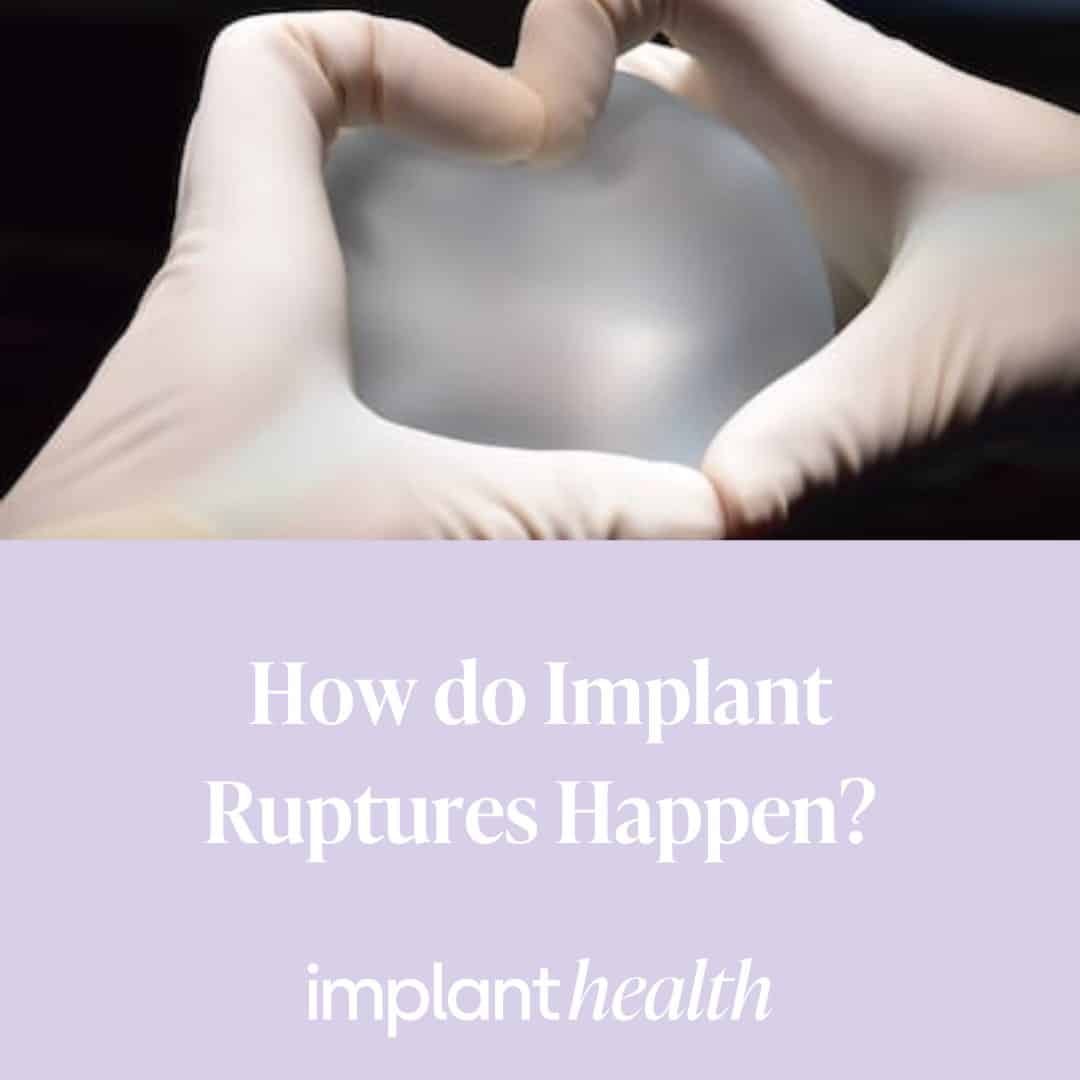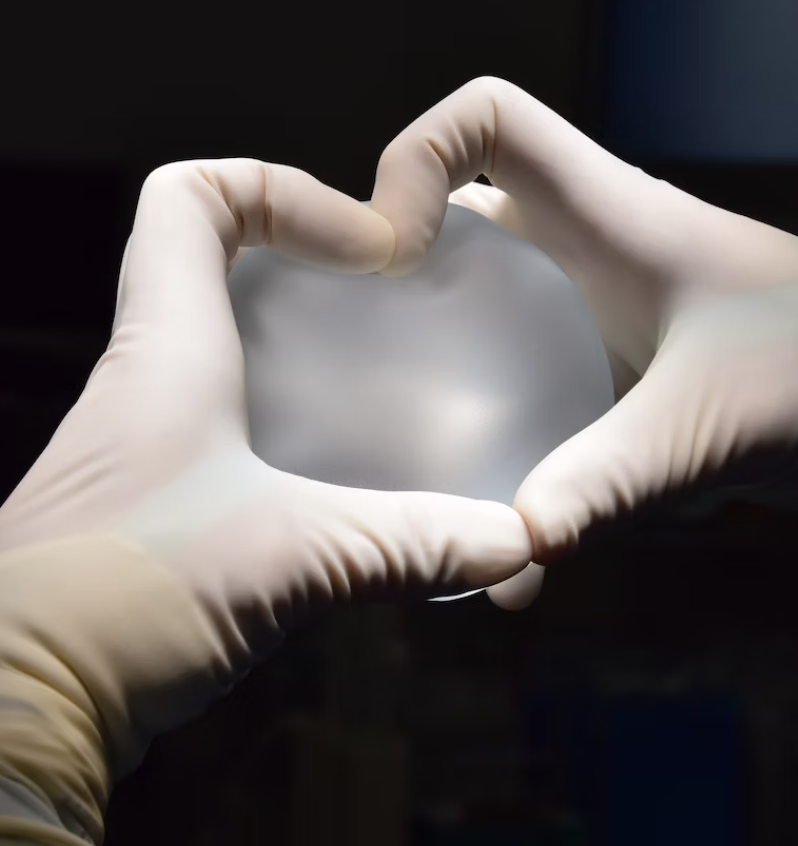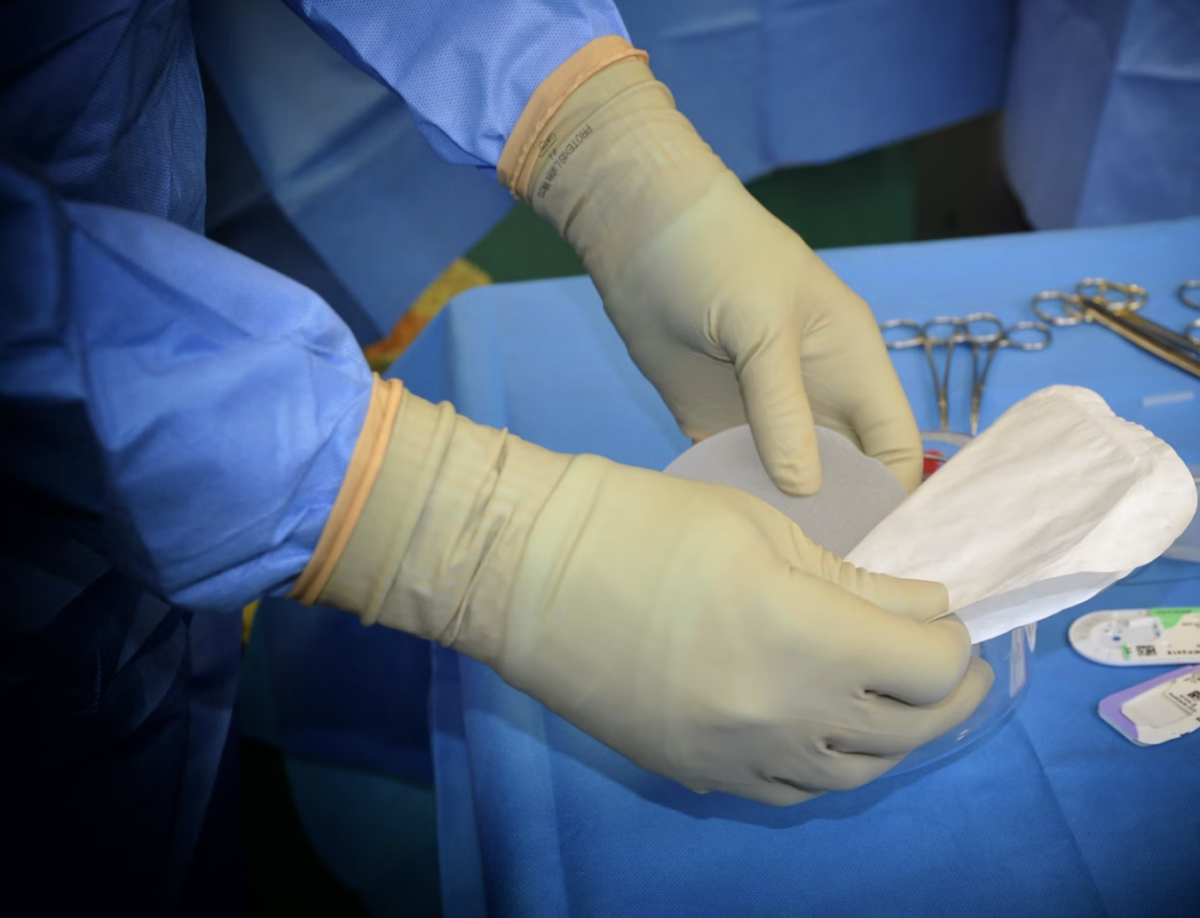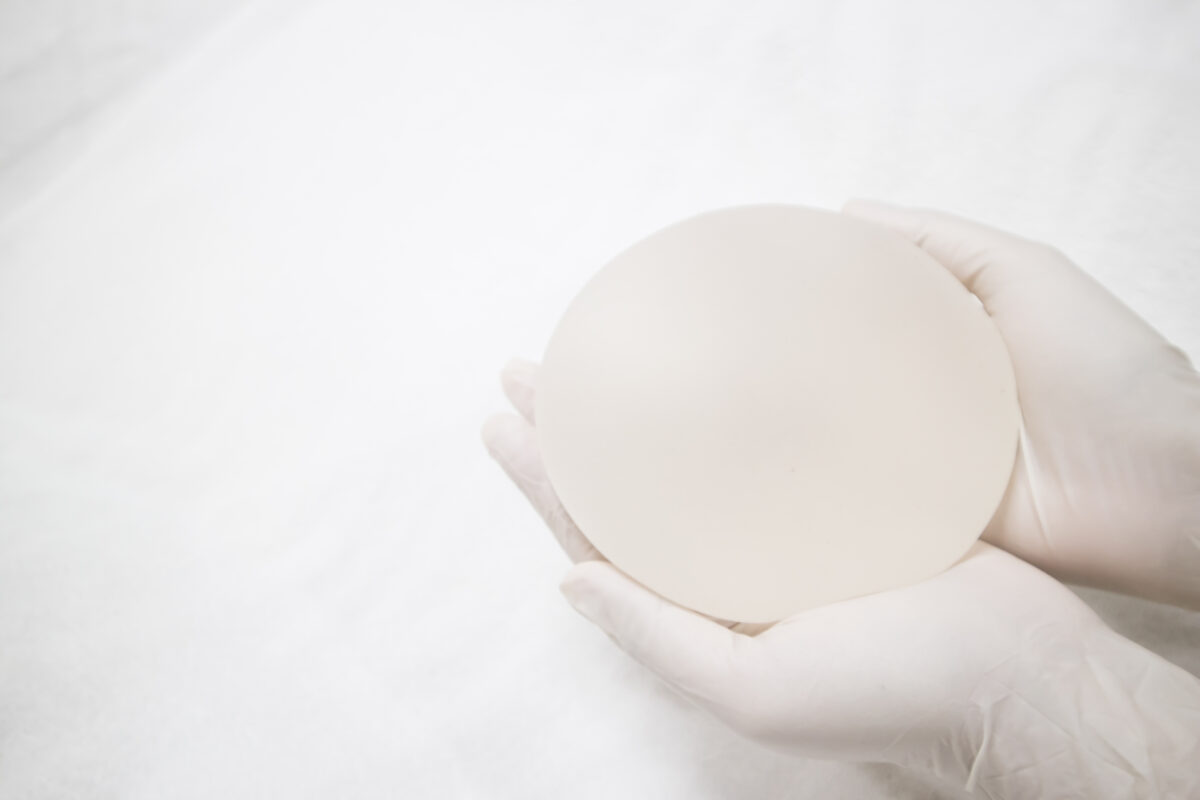Breast Implants and Health: Understanding Potential Risks and Myths
The decision to undergo breast augmentation is a deeply personal one, driven by a desire to enhance self-confidence and body image. While breast implants are generally safe and have provided positive outcomes for many individuals, concerns have arisen about the possibility of breast implants causing illness. It’s important to separate fact from fiction and understand the nuances surrounding the topic of breast implants and health.
Breast Implant Illness (BII):
Breast Implant Illness (BII) is a term used to describe a collection of symptoms that some individuals with breast implants report experiencing. These symptoms can include fatigue, joint pain, cognitive difficulties, skin issues, and more. However, the medical community and researchers have not definitively established a causal link between breast implants and these symptoms.
Lack of Scientific Consensus:
While some individuals claim to have experienced health issues they attribute to breast implants, the medical community lacks a consensus on the existence and causes of Breast Implant Illness. Numerous factors can contribute to symptoms similar to those reported by some BII patients, making it challenging to attribute them solely to breast implants. The lack of a clear pattern of symptoms and the absence of a definitive diagnostic test complicate efforts to draw conclusive connections.
Research and Investigations:
Medical experts and researchers are actively investigating the potential links between breast implants and health issues. Studies are examining various factors, including implant type, material, surgical techniques, and individual immune responses. These investigations aim to provide a more comprehensive understanding of any potential risks associated with breast implants.
Regulatory Oversight and Patient Advocacy:
Regulatory agencies such as the U.S. Food and Drug Administration (FDA) closely monitor the safety of breast implants. Patient advocacy groups and individuals sharing their experiences on social media platforms have raised awareness about potential health concerns related to breast implants. This heightened awareness has prompted more conversations between patients and medical professionals, leading to more proactive discussions and assessments of individual health.
Individual Variability:
It’s important to recognize that each person’s body responds differently to medical interventions, including breast implants. While some individuals may report experiencing symptoms they attribute to breast implants, others may have no adverse effects. The variability in individual responses underscores the complexity of the issue and the need for personalized medical evaluations.
Consultation and Open Communication:
If you have concerns about the potential health implications of breast implants, it’s crucial to consult with a qualified medical professional. An experienced plastic surgeon can provide you with information about the benefits, risks, and considerations associated with breast augmentation. Open communication with your surgeon allows you to make an informed decision that aligns with your health and aesthetic goals.
Conclusion:
While some individuals believe breast implants have made them ill, the scientific community has yet to definitively establish a causal link between breast implants and illness. It’s important to approach the topic with careful consideration, seeking information from reliable sources and engaging in open conversations with medical professionals. As research continues to evolve, staying informed and prioritizing your health and well-being are essential when making decisions about breast augmentation or any medical procedure.

